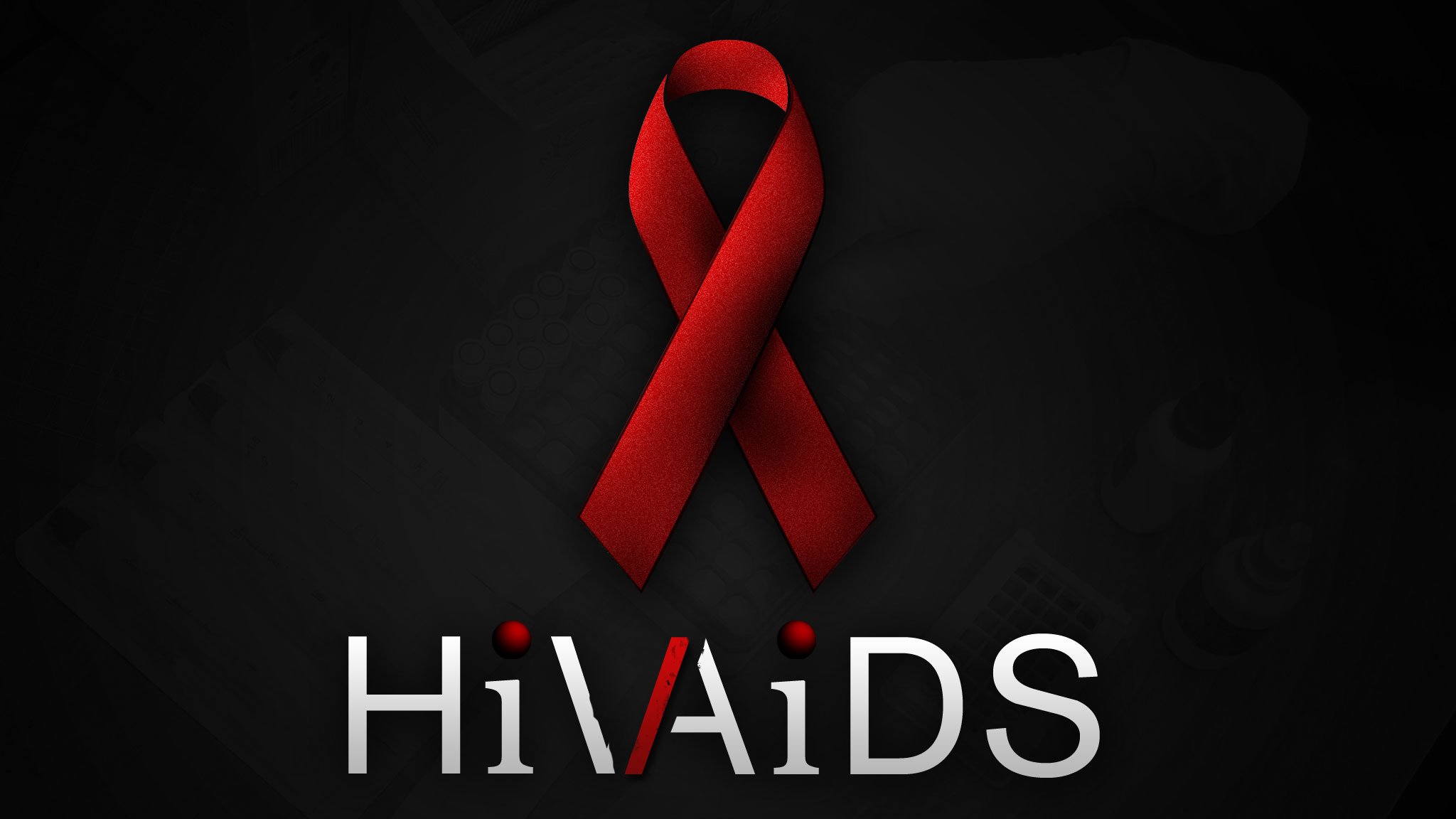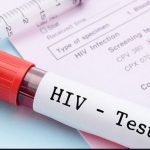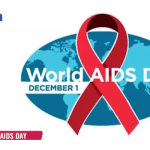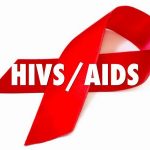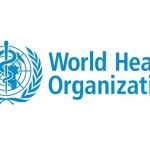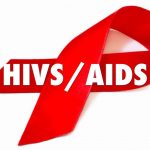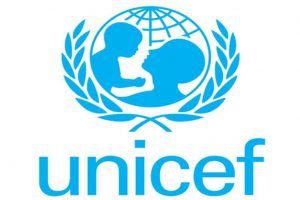 Teenagers, and particularly girls, are bearing the brunt of the global AIDS epidemic with around 30 adolescents becoming infected with HIV every hour, according to a report by the United Nations children’s fund UNICEF.
Teenagers, and particularly girls, are bearing the brunt of the global AIDS epidemic with around 30 adolescents becoming infected with HIV every hour, according to a report by the United Nations children’s fund UNICEF.
Of those 30 new infections each hour among 15 to 19 year-olds in 2017, around 20 – or two-thirds – were in girls, UNICEF said, representing a “crisis of health as well as a crisis of agency”.
While there has been substantial progress in the fight against AIDS in the last two decades, the failure to prevent so many new infections among children and teenagers is slowing this down, the report said.
It said the epidemic’s spread among adolescent girls is being fueled by early sex, including with older men, forced sex, powerlessness in negotiating around sex, poverty and lack of access to confidential counseling and testing services.
“In most countries, women and girls lack access to information, to services, or even just the power to say no to unsafe sex,” said Henrietta Fore, UNICEF’s executive director. “HIV thrives among the most vulnerable and marginalized, leaving teenage girls at the center of the crisis.”
UNICEF’s report, presented on Wednesday at an AIDS conference in Amsterdam, said that 130,000 children aged 19 and under died from AIDS last year, while 430,000 – almost 50 an hour – were newly infected.
Adolescents between the ages of 10 and 19 account for almost two thirds of the 3 million under-19 year-olds living with HIV. And while AIDS-related deaths among all other age groups have been falling since 2010, those among older adolescents aged 15 to 19 have seen no reduction.
Angelique Kidjo, a UNICEF goodwill ambassador who contributed to the report, said economic empowerment and education were crucial.
“We need to make girls and women secure enough economically that they don’t have to turn to sex work,” she said. “We need to make sure they have the right information about how HIV is transmitted and how to protect themselves.”
UNAIDS says the fight against the AIDS epidemic – in which 37 million people worldwide are infected with the incurable HIV virus – is at a “precarious point”, with deaths falling, treatment rates rising, but rates of new HIV infections stubbornly high.

